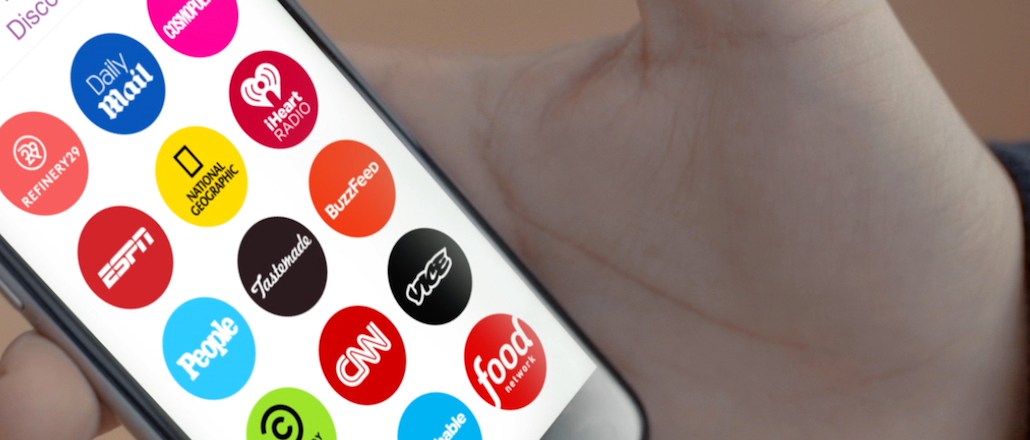
Many publishers have embraced Facebook, Snapchat and other social platforms as important distribution channels. But while these platforms certainly promise large and potentially new audiences, each one is unique. What works on YouTube will not work on Facebook. What works on Facebook will not work on Snapchat. And so on. At the Digiday Publishing Summit underway in Vail this week, we grabbed a few video publishers and asked them: With social platforms prioritizing video, how has that changed the way you structure video and social internally?
Philippe von Borries, co-founder and CEO, Refinery29:
One thing that we’ve done at a very high level is brought editorial, video and social together under the leadership of one person [Refinery29 chief content officer Amy Emmerich]. That was a big step for us because for the most part, video, editorial and social were kept separate because they were so different. There’s enormous potential in integrating them, which makes sense when you’re talking about a distributed platform world. It’s all about engagement, and it does not matter if that’s an article, a video, a live stream, or anything else.
Gretchen Tibbits, COO, LittleThings:
It’s a perpetual dialogue between our editor in chief, head of production and head of social analytics. We don’t put walls around it. Video is to our core and we ensure that any person at the company has the ability bring in ideas for what would be a good video for our site, Facebook native video and even Facebook Live.
Kim Lau, vp and general manager of digital, The Atlantic:
We haven’t restructured yet. Live video is an intersection of social and video, and it requires new skills for both of them. We have an events business, too, and it’ll be interesting to see how we utilize live video there. The ongoing question is, if you’re a writer who’s on camera, you’re not writing. You’re trading off. So the question is, how do we make sure we’re not overtaxing ourselves.
Sean Holzman, chief digital revenue officer, Bonnier Corp.:
When it comes to live video, a lot of it is going to have social components. So it’s housed in the edit team, and the social team sits in edit. It goes together. We’re using existing resources, but as live video matures, it’s going to need content that’s well thought-out and the ability to add things on the fly. So there will be more need for training, maybe apps.
Ad position: web_incontent_pos1
Freddie Godfrey, director of content syndication, Newsy:
Social has changed nothing for us. It’s a complementary business, but it’s not an either/or business for us. The walled gardens that are Facebook and YouTube — they’re another place where our content is found, but we don’t put all of our videos there. Syndication is where we drill down on our business, not only because it generates revenue for us and our partners, but it also extends the Newsy name across many different communities.
Contributing: Lucia Moses
More in Media

NewFronts Briefing: Samsung, Condé Nast, Roku focus presentations on new ad formats and category-specific inventory
Day two of IAB’s NewFronts featured presentations from Samsung, Condé Nast and Roku, highlighting new partnerships, ad formats and inventory, as well as new AI capabilities.

The Athletic to raise ad prices as it paces to hit 3 million newsletter subscribers
The New York Times’ sports site The Athletic is about to hit 3 million total newsletter subscribers. It plans to raise ad prices as as a result of this nearly 20% year over year increase.

NewFronts Briefing: Google, Vizio and news publishers pitch marketers with new ad offerings and range of content categories
Day one of the 2024 IAB NewFronts featured presentations from Google and Vizio, as well as a spotlight on news publishers.
Ad position: web_bfu